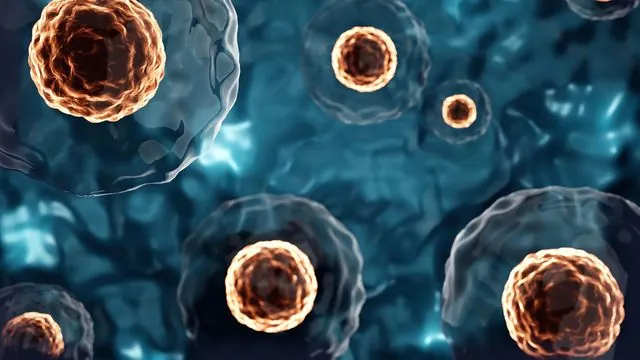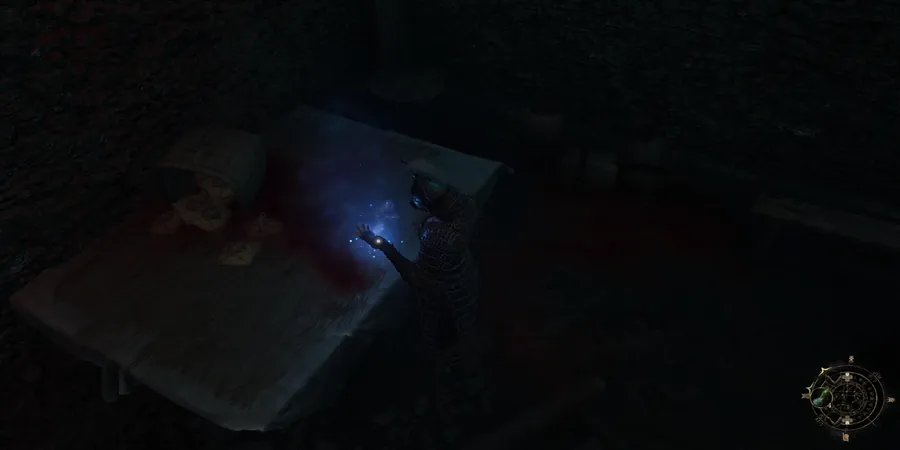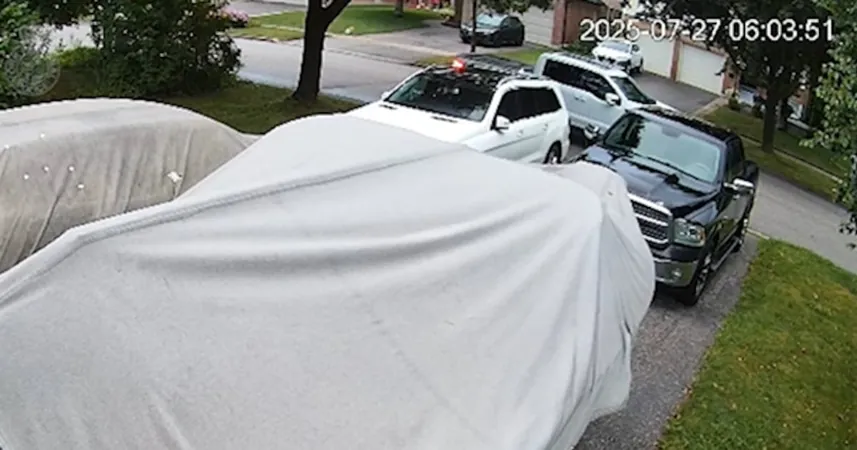
Revolutionary Discovery: Squeezing Stem Cells Could Transform Bone Repair!
2025-07-08
Author: Sophie
Stem Cells Take a Shift: The Power of Physical Confinement
In a groundbreaking revelation that could redefine regenerative medicine, researchers have discovered that simply squeezing through tight spaces can prompt human stem cells to transform into bone cells! This astonishing finding has the potential to revolutionize approaches to bone repair and material engineering.
The Study That Shakes Foundations
Led by Assistant Professor Andrew Holle from the National University of Singapore (NUS), this cutting-edge research sheds light on how the physical act of navigating through narrow channels influences stem cell development. Published in the esteemed journal *Advanced Science*, the implications of this study are immense.
A New Kind of ‘Memory’: Mechanical Transformation
Focusing on mesenchymal stem cells (MSCs), the team discovered that when these cells squeezed through microchannels just three micrometers wide, the mechanical pressure altered their shape and structure in a lasting way. The cells exhibited increased activity of a crucial gene, RUNX2, vital for bone formation—demonstrating a fascinating ‘mechanical memory’ effect.
Chemical Signals Take a Backseat
Traditionally, directing stem cell fate has relied heavily on chemical signals. However, Asst Prof Holle reveals that the act of squeezing could stand as an equally powerful initiator of differentiation. This innovative confinement-based method may come without the need for complex chemicals or genetic modifications, paving the way for a more straightforward, cost-effective, and safer alternative to existing methods.
Implications for Future Therapies
This research could enhance the design of biomaterials and scaffolds for bone repair. By fine-tuning the mechanical properties of these materials, scientists could guide stem cells towards desired cell types more efficiently—imagine accelerating healing from fractures or bolstering the effectiveness of stem cell treatments!
Beyond Bone: A Broader Horizon?
The team is also exploring whether their findings could improve how MSCs navigate through dense tumor tissues. Given that MSCs migrate towards tumors, understanding how mechanically-preconditioned cells function could address one of the significant barriers to current cell therapies.
A Shift in Understanding Cell Development
Asst Prof Holle believes that confinement could play a crucial role in embryonic development too, revealing that early cellular migration through crowded environments imparts mechanical stresses that could shape cellular outcomes.
What’s Next on the Horizon?
The next steps involve experimenting with preconditioned cells to see if they enhance healing capabilities at injury sites and possibly applying this innovative methodology to other potent stem cell types, including induced pluripotent stem cells (iPSCs). This discovery could signal a new era of understanding and harnessing stem cell behavior!









 Brasil (PT)
Brasil (PT)
 Canada (EN)
Canada (EN)
 Chile (ES)
Chile (ES)
 Česko (CS)
Česko (CS)
 대한민국 (KO)
대한민국 (KO)
 España (ES)
España (ES)
 France (FR)
France (FR)
 Hong Kong (EN)
Hong Kong (EN)
 Italia (IT)
Italia (IT)
 日本 (JA)
日本 (JA)
 Magyarország (HU)
Magyarország (HU)
 Norge (NO)
Norge (NO)
 Polska (PL)
Polska (PL)
 Schweiz (DE)
Schweiz (DE)
 Singapore (EN)
Singapore (EN)
 Sverige (SV)
Sverige (SV)
 Suomi (FI)
Suomi (FI)
 Türkiye (TR)
Türkiye (TR)
 الإمارات العربية المتحدة (AR)
الإمارات العربية المتحدة (AR)